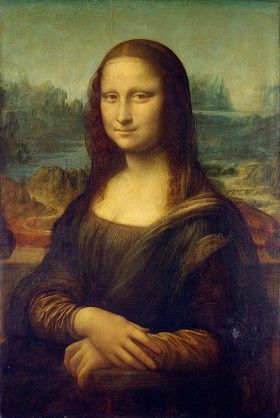Archaeologists Dig Up Wrong Body: Mona Lisa Skeleton Still Not Found

A skeleton dug up from an excavation site at the Saint Ursula convent in Florence, Italy, does not belong to Mona Lisa.
Archaeologists who found the remains in July, earlier thought it to be of Lisa Gherardini. She was widely deemed to be the subject of the painting Mona Lisa by Leonardo da Vinci. Now archaeologists have clarified that they dug up the wrong body.
"The ledgers kept by the nuns of this convent tell us that, presumably, the remains exhumed today are those of Maria Del Riccio, a wealthy woman who (died) in 1609," lead archaeologist Silvano Vinceti told the media at a press conference.
Lisa Gherardini was the wife of a rich silk merchant of Florence. She is believed to have died in 1542 and was buried at a Florentine convent. Vinceti's team has so far found skeletal remains of four female bodies, including Ricco's, at the convent.
However, Vinceti believes that they might be very near to digging up the body of Gherardini if they dig deeper from below where Riccio's remains were found.
"The method of burial used by nuns during this period - stacking graves one above the other - suggests that Mona Lisa herself could be right here underneath the grave that contained Del Riccio," Vinceti was quoted as saying by Italian news agency ANSA.
Vinceti has been working on unravelling mysteries surrounding Mona Lisa, including the smile, the posture and the eyes for some time now. Last year, he claimed he found da Vinci's initials - LV - in the eyes of the woman in the painting.
Meanwhile, researchers at the University of Bologna Ravenna will analyse the bones to find out by all possible means if the remains are actually of the noblewoman named Ricco. A comparison of DNA from the skeleton with that from the bones of Gherardini's children, who are said to be buried nearby, may provide a lead.
Reconstruction of the face of the skeleton then, with the help of forensic experts, to see if it is similar to the woman in the Mona Lisa painting, will finally lead to a conclusion.
© Copyright IBTimes 2025. All rights reserved.






















